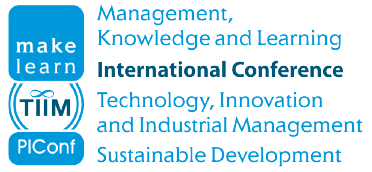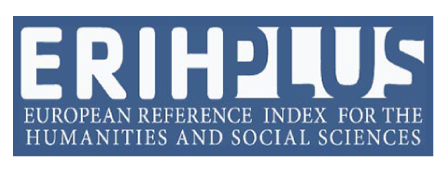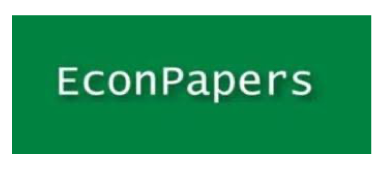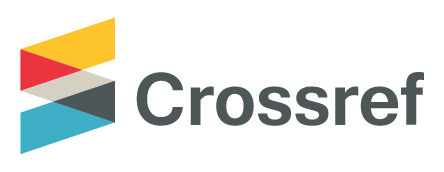Recruitment and Talent Management in the Modern World Using AI
DOI:
https://doi.org/10.53615/2232-5697.13.151-157Keywords:
Recruitment, talent management, artificial intelligence, human resource management, AI applications, workforce demographics, hiring proceduresAbstract
Purpose: This research focuses on the implementation of artificial intelligence (AI) in these areas, with concerns on demographic characteristics, talent constraints, and ethical concerns. The study relied on secondary qualitative research methods and the following databases: ProQuest, Google Scholar, Scopus, and Web of Science. Twenty-five publications were selected based on the following inclusion and exclusion criteria.
Study design/methodology/approach: The paper is intended to discuss and evaluate the various possibilities and consequences of AI implementation in the processes of recruitment and talent management. Thus, it is more concerned with the present and future use of AI, the advantages and disadvantages of its implementation, as well as how to properly and ethically apply it to these roles.
Findings: This research adopts a secondary qualitative research method, whereby the study gathered and analysed already existing qualitative data on AI in recruitment and talent management. The study includes a critical and analytical review of the state and development trends of AI in these areas, as well as the definition of the gaps and further research directions.
Originality/value: The study shows that AI can enhance the quality, efficiency, effectiveness, and equity of recruitment and talent management by automating, optimising, and personalising processes. However, it has been observed that the impact of AI is contingent on the quality of data, the algorithm used and the environment in which it is implemented. AI also has risks and limitations, such as privacy, security, accountability, and legal problems.
Downloads
Downloads
Published
License
Copyright (c) 2024 Anastasia Kiritsi, Vasilis Adamantidis

This work is licensed under a Creative Commons Attribution-ShareAlike 4.0 International License.















